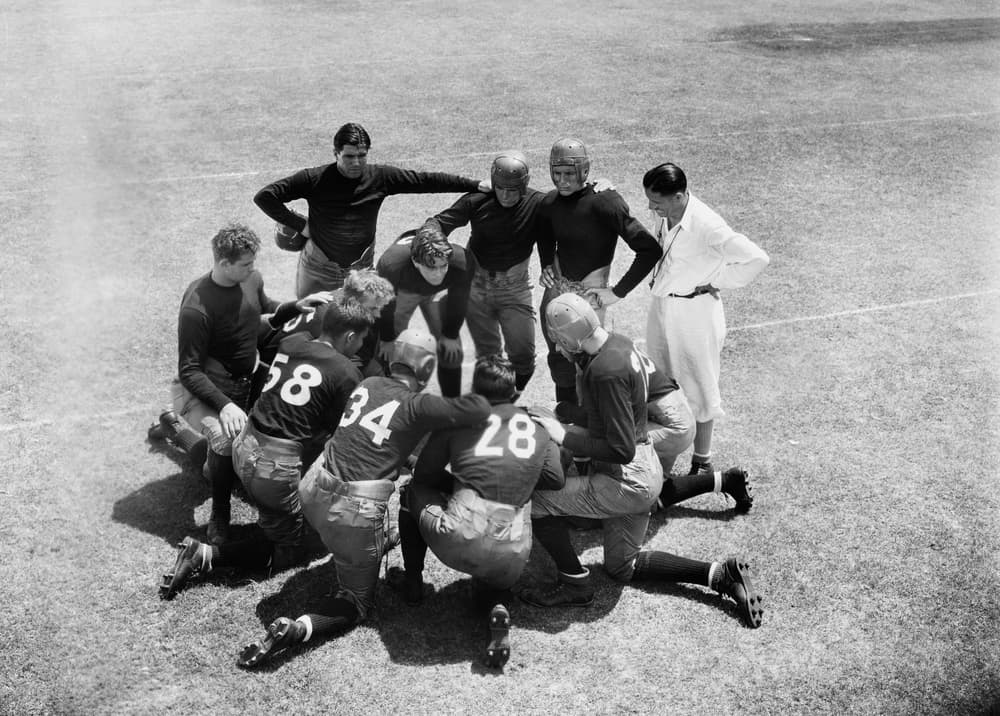
To control workers’ compensation costs, it is important that members of the claim management team and attorneys identify these interests promptly and resolve them either via a hearing on the merits or settlement. Failure to do so can add time and expense on a claim.
Policy Reasons for Resolve Intervenors
Many states allow interested parties and potential intervenors to have a role in the workers’ compensation process. The policy behind this is to promote the judicial economy and promote efficiency. A classic example of this could be a workers’ compensation claim that involves multiple medical providers, intervenors and government agencies that pay benefits in conjunction with a work injury. Instead of having many hearings and conferences, the matters are consolidated into one process. It also provides for certainty and consistency in the result.
Click Link to Access Free PDF Download
“How Do I Get My Adjusters To Follow My Account Handling Instructions?”
Placing Potential Intervenors on Notice
Establishing a best practice is important in the identification and handling of intervention claims. It should be the responsibility of all parties to the claim to coordinate and place these interested parties on notice. Failure to do so can lead to a potential intervenor not being aware of a matter and result in a delay.
The process for giving notice to a potential intervenor is usually defined by statute, rule or case law. This usually includes:
- Providing notice via written communication mailed to the potential intervenor and including all pertinent documents and pleadings;
- Information concerning the potential intervenor’s rights and responsibilities; and
- Required steps to formally intervene and become a party.
This process also includes the ability of the defense interests to dispute the claims made by a potential intervenor. Even if a potential intervenor is added to the case, the new party still carries the burden of proof, which can possibly include the burden of establishing the injured employee suffered a compensable work injury.
Pitfalls in Adding Potential Intervenors
All interested parties should avoid the following pitfalls when notifying potential intervenors of their rights.
- Notifying potential intervenors too early: Best intentions sometimes result in mistakes. This includes notifying a potential intervenor before treatment actually occurs or treatment can be processed. When placing a part on notice, make sure enough time has elapsed so they will be able to identify the claim(s).
- Notifying potential intervenors too late: Most jurisdictions allow for a 30 to 45-day time period for a party to search the pertinent billing records, identify associated treatment and make the correct filings with the court. There needs to be enough time for the potential intervenor to accomplish these tasks.
Overcoming Other Barriers
Cooperation is key when it comes to placing all potential intervenors on notice. This is something all interested parties and their attorneys should accomplish constructively. Common barriers that go beyond parties not working together can include:
- HIPAA regulations: Federal and state privacy laws place limits on the disclosure of medical information. While HIPPA does specifically exclude state workers’ compensation matters, the overly cautious and uninformed can create a delay.
- Internal Privacy Policies: A medical provider may have additional safeguards in place, which is permitted in certain instances under HIPAA. This can include the requirement a specific release authorization be used before the disclosure and release of an injured employee’s medical records.
- Debt collection rules/regulations: The federal government and states have a myriad of debt collection guidelines that need to be taken into consideration. Under the Fair Debt Collection Practices Act, a collection agency is limited in their ability to communicate with an injured employee and other parties.
Conclusions
The identification, notice, and resolution of intervention claims in an essential part of many workers’ compensation claims. It is important that all interested stakeholders understand the rules of the road and guidelines that cover these matters. Failure to do so can result in additional litigation and unnecessary expenses.

Author Michael Stack, CEO Amaxx LLC. He is an expert in workers’ compensation cost containment systems and helps employers reduce their workers’ comp costs by 20% to 50%. He works as a consultant to large and mid-market clients, is a co-author of Your Ultimate Guide To Mastering Workers Comp Costs, a comprehensive step-by-step manual of cost containment strategies based on hands-on field experience, and is founder & lead trainer of Amaxx Workers’ Comp Training Center .
Contact: mstack@reduceyourworkerscomp.com.
Workers’ Comp Roundup Blog: https://blog.reduceyourworkerscomp.com/
©2019 Amaxx LLC. All rights reserved under International Copyright Law.
Do not use this information without independent verification. All state laws vary. You should consult with your insurance broker, attorney, or qualified professional.















 Course and Scope of Employment: Questions of Compensability
Course and Scope of Employment: Questions of Compensability
